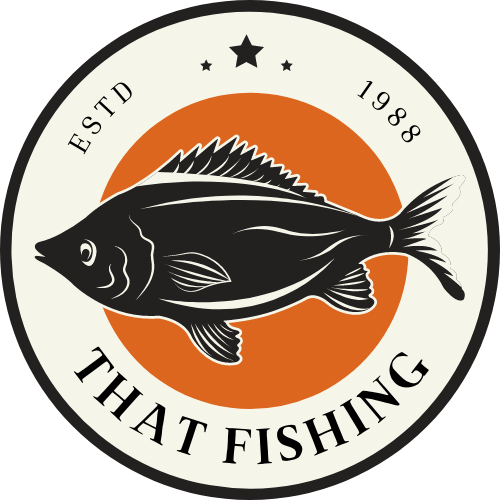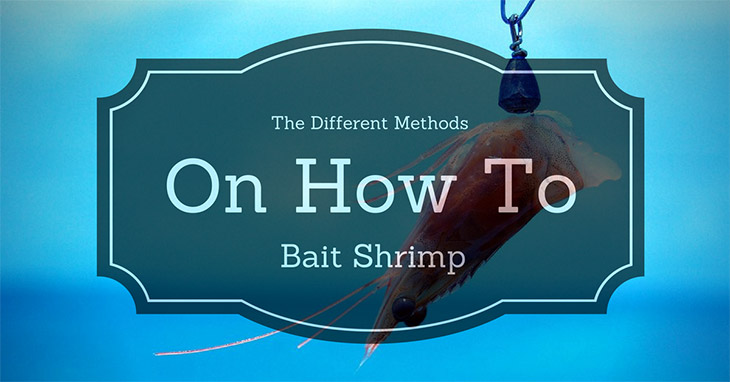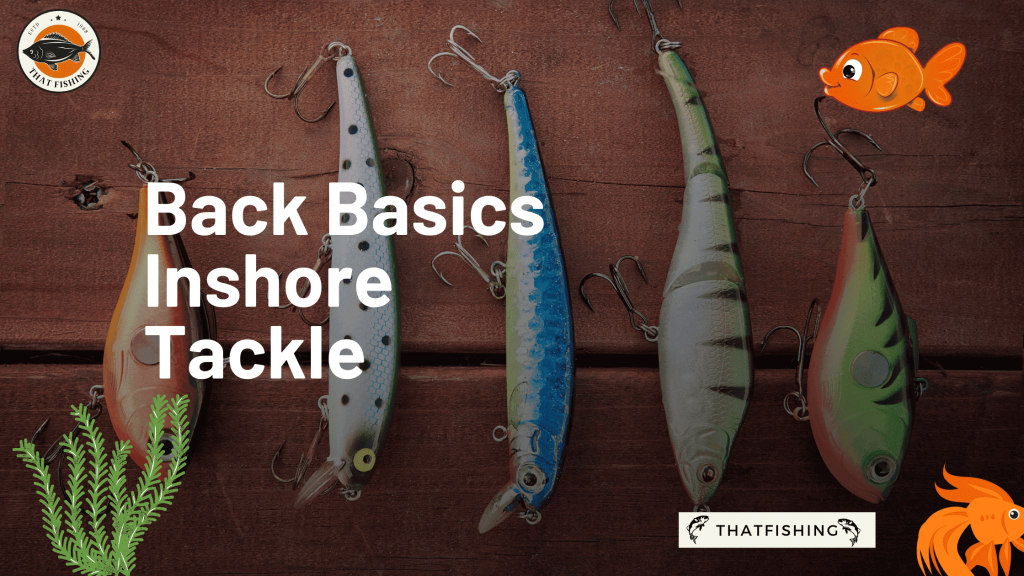Being an office girl who is also a fishing enthusiast, I can attest that learning how to bait shrimp is a valuable tool in angling, as shrimp can help you catch different fishes like flounder, bonefish, grouper, jackfish, black drum, redfish, snook, sheepshead, whiting, black drum and much more.
Once you learn and apply this tutorial in your fishing experiences, you will surely enjoy it more when you go fishing, as you will surely catch many kinds of saltwater fish. All you have to do is to know the methods that I will present in this writing piece.
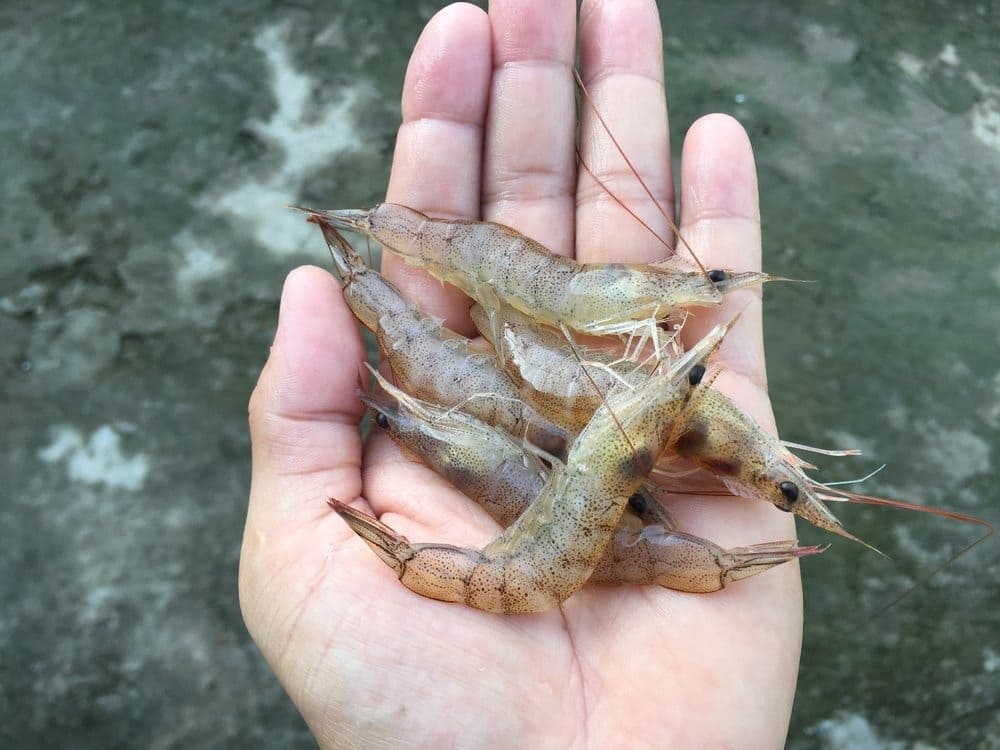
Before we proceed with the methods of hooking a shrimp, let me first introduce the two essential things that you should prepare for this tutorial.
The Different Methods On How To Bait Shrimp
- Live Shrimp
- Bait Hook
Here are complete details about the materials:
1. Live Shrimp
This type of bait is the most necessary thing that you should have for this tutorial. A live shrimp can live longer, especially when you use it as bait in saltwater with warm temperatures.
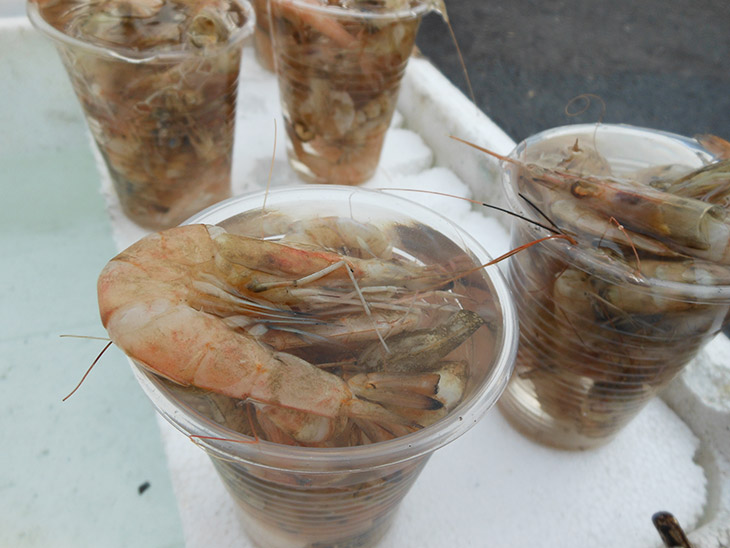
The reason why this bait is, by far, effective compared to other baits is that it is the primary food source of various fishes. If you use shrimp, you will surely lure any fish, especially those that are not vegetarian. Thus, these reasons make it one of the most popular bait choices.
Aside from the fact that shrimp is very useful in chasing elusive aquatic creatures, many anglers prefer to use shrimp compared to other live baits because it is not difficult to keep them alive, and they are also affordable.
Based on my experiences as a fisherman, when other baits don’t work well, this type of bait lures any elusive saltwater fish most of the time.
I prefer live shrimps because they work well compared to frozen ones because they are more efficient in attracting fish like snook, redfish, and sea trout. However, you can also use frozen shrimp for as long as it does not remain frozen for a long span of time.
2. Bait Hook
Apart from using this tool for impaling fish in their mouths when you go fishing, This is also well-known as equipment for holding many types of live baits like shrimps. In this tutorial, this fishing gear and tackle is the only thing that you will use for rigging a shrimp.
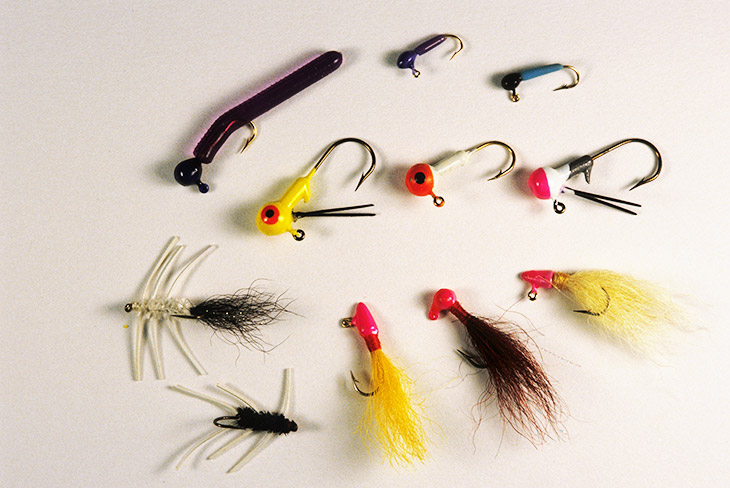
If I would choose what hook is appropriate for this tutorial, I would rather pick an octopus hook or a circle hook, as these fishing tackles have a very effective bait-holding ability.
The Methods Of Hooking A Shrimp
- Hook the live shrimp crosswise through its carapace for float-rigging and drift fishing.
- Bury the hook into the shrimp’s body when fishing in weeds-rich spots.
- Insert the hook point through one of the sides of the shrimp’s tail until it exits the other.
- Insert and bury the hook until the hook point exits the shrimp’s body.
- Bury the hook point beneath the shrimp’s head and direct it toward the top until the hook point gets out.
After you prepare the materials that I have mentioned and your fishing knots and rigs, you can now follow any of the methods that I will introduce in this article. However, choosing the right method of rigging your shrimp depends on what, when, and how you are fishing.
1. Hook the live shrimp crosswise through its carapace for float-rigging and drift fishing
The carapace is the hard shell of the shrimp or the Centre portion located between the eyes and the brain upon the head of the shrimp. You must not hit the brain, pancreas, and stomach of the bait because your bait will die all too soon. You must put the bait hook below the shell crosswise.
In this method, the shrimp will look and swim naturally in the water, making it very alluring to your target fish, and it will also live longer compared to when you put the hook into the area of the mouth. If you do drift fishing or float rigging, this way of rigging a shrimp is the best for you.
2. Bury the hook into the shrimp’s body when fishing in weeds-rich spots
In this way of rigging the shrimp, you have first to get rid of the fin tail of your shrimp. When you already remove the shrimp’s tail, you have to put the hook on the part where you just take off the tail of the shrimp. You have to move it carefully until you secure the hook within the shrimp’s body.
This procedure of rigging the shrimp will make your task less complicated as it will prevent your bait from getting many weeds. Also, by following this method, your bait will not be stuck, unlike other typical baits in grassier waters; this is better to execute in water where there is dense vegetation.
Once you remove its tail and put it in the water as bait, it will release a scent that is very attractive to your target fish. Thus, it can lead to catching a fish faster than usual.
3. Insert the hook point through one of the sides of the shrimp’s tail until it exits the other
For this bait method process, you have to poke the bait hook onto any side of the shrimp’s tail. You have to pierce the shell until it goes out to its other end. In this way, the end of the hook will be visible so that the shrimp can move freely as bait.
When you want to use your live shrimp drifting, you can try to follow this method, and you will see its effectiveness in catching various fishes.
4. Insert and bury the hook until the hook point exits the shrimp’s body
This procedure is somewhat similar to the second one because you also need to remove the tail of the shrimp in this process before you put the hook.
After you eliminate the tail of the shrimp, the only difference between this process to the second method is that the body of the shrimp will not cover the hook. Instead, the hook will come out from the shrimp’s underbelly.
5. Bury the hook point beneath the shrimp’s head and direct it toward the top until the hook point gets out
This last way of rigging a shrimp is perfect for trolling and casting. There are a lot of fishers who love to hook the head of their live shrimp.
For you to do this one, what you will do to execute this method is that you have to insert your hook under the head of the shrimp, and it must come out from the top of the head without hitting its internal organs of it.
Even though this process is useful for me, the body of the shrimp may fall when you choose this way of shrimp rigging. Nevertheless, I still try to do this method, especially if I want to do bottom fishing with my downrigger.
Related Reads:
- Top fishing films
- Check out these Fish with Big Foreheads
- How To Troll For Walleye: Fastest Way to learn
Conclusion:
As a fishing enthusiast, I always use artificial fishing lures when I catch fish, but there are times when I have to use live shrimp for better fishing.
You can also use a dead shrimp when you fish for as long as your target fishes are not those aquatic animals that love to eat live shrimps like snook, redfish, and sea trout.
I hope you can now catch more fish when you go fishing in salt waters. I am sure that you will enjoy catching fish more the next time you go fishing because I know you will now have a high chance of catching more fish once you follow any of the methods that I discussed.
If you have learned the essential information on how to bait shrimp in this tutorial, you can leave your insights in the comments section below or share this article with your friends.
FAQs
For drift fishing or float rigging, hook the prawn crosswise through its carapace. Avoid the pancreas and stomach by inserting the hook slightly beneath the tip of the shell. On the shrimp’s body, these can be seen as dark patches.
I usually to Suggest a #1 or #2 circle hooks for prawns. I prefer to use a #2, #1, or 1/0 circular hook when fishing for smaller baitfish, such as threadfin or finger mullet. I’ll use a 3/0 to 5/0 circular hook for larger, tougher baitfish, like huge pinfish or croakers.
Humpies and coonstripes typically inhabit shallower waters (18 to 1,200 feet), whereas northern prawns can be found in a depth range as broad as 4,800 feet (60). Although they can be found from 6 to 1,500 feet, spot prawns seem to be caught in greatest densities about 360 feet.
